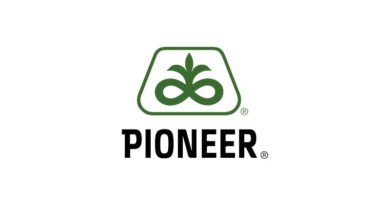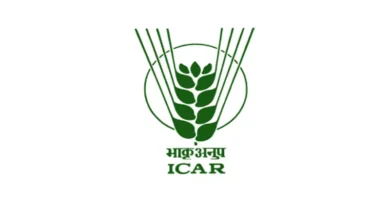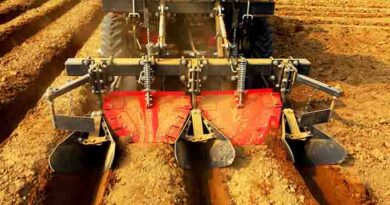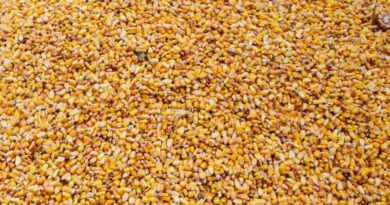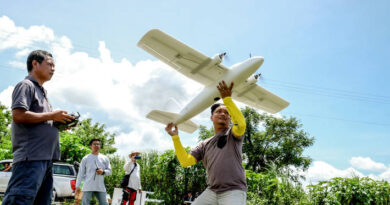Do These 5 Things To Ready Your Planter
25 March 2023, US: If planting is the most important trip you make across the field, then your planter may arguably be your most important piece of equipment.
Here are five things you should be doing to ready your planter for fieldwork:
1. Determine the Correct Seed Population to Plant
Depending on the variety you choose, determine the correct seeding rate to establish corn and soybean plant stands that should achieve the yield goals you’ve set.
2. Use Restraint When Selecting Planting Speed
Refer to your planter’s owners manual for their recommended planting speed. Most equipment manufacturers will suggest that you do not plant faster than 5.5 mph. Faster speeds can cause planters to bounce, skip, double drop or potentially vary seed depth.
3. Monitor Seed Spacing After Planting
Skips and doubles at planting can have a negative impact on yield. Remember that it is possible to plant the desired amount of seed but result in a poor plant stand due to poor seed spacing.
Today’s planting monitors are generally quite accurate, but you should be checking to see if they are working and calibrated properly. Digging in several locations can determine if the planter is operating correctly.
Here’s an example of how you can double check seed spacing:
Dig up 11 consecutive seeds in a row. Be careful not to move the seeds from the original spacing in the seed furrow. Measure the length in inches between the 11 seeds.
Let’s say the total length of 11 seeds was 66 inches. Divide the 66 inches by 10 (10 spaces between 11 seeds) = a 6.6 inch average spacing between seeds.
Assume the planter has 30 inch row spacing. 43,560 square feet in an acre divided by 2.5 feet (30 inches) = 17,424 feet of row = 1 acre.
17,424 feet x 12 inches = 209,088 inches of row in 1 acre. And 209,088 inches of row in 1 acre divided by 6.6 inches (average seed spacing you found earlier) = 31,680 seeds planted per acre.
4. Use Correct Seed Planting Depth
Corn should be planted at a minimum of 1.75 inches and a maximum of 3 inches to ensure that the first set of nodal roots will be at least 3/4 of an inch below the soil surface. Nodal roots are important to anchor the plant in the ground and to feed the plant. The nodal roots grow from the top of the corn seedlings mesocotyl, and for most corn is 3/4 of an inch long.
Soybeans should be planted at a minimum of 1 inch and maximum of 2 inches. This will aid in the soybean cotyledon emergence and acquire adequate moisture for growth.
5. Consider Seed-to-soil Contact
Seed to soil contact is important for germination and getting plants off to a strong start. Closing wheels and press wheels of your planter can be adjusted to provide varying amounts of firmness and seed-to-soil contact.
When planting in wet soil, furrow openers can cause sidewall compaction that restricts root growth and often leaves the seed furrow open, exposing the seed. If the soil is too dry at planting, the seed will not germinate properly.
Alternatively, if soil is too loose, air can dry out the soil and make it difficult for roots to grow properly. If your seed to soil contact is too firm, it can cause seedlings to have difficulty in emergence and growth.
Also Read: Diageo India launches regenerative agriculture program in Punjab and Haryana farmers
(For Latest Agriculture News & Updates, follow Krishak Jagat on Google News)



